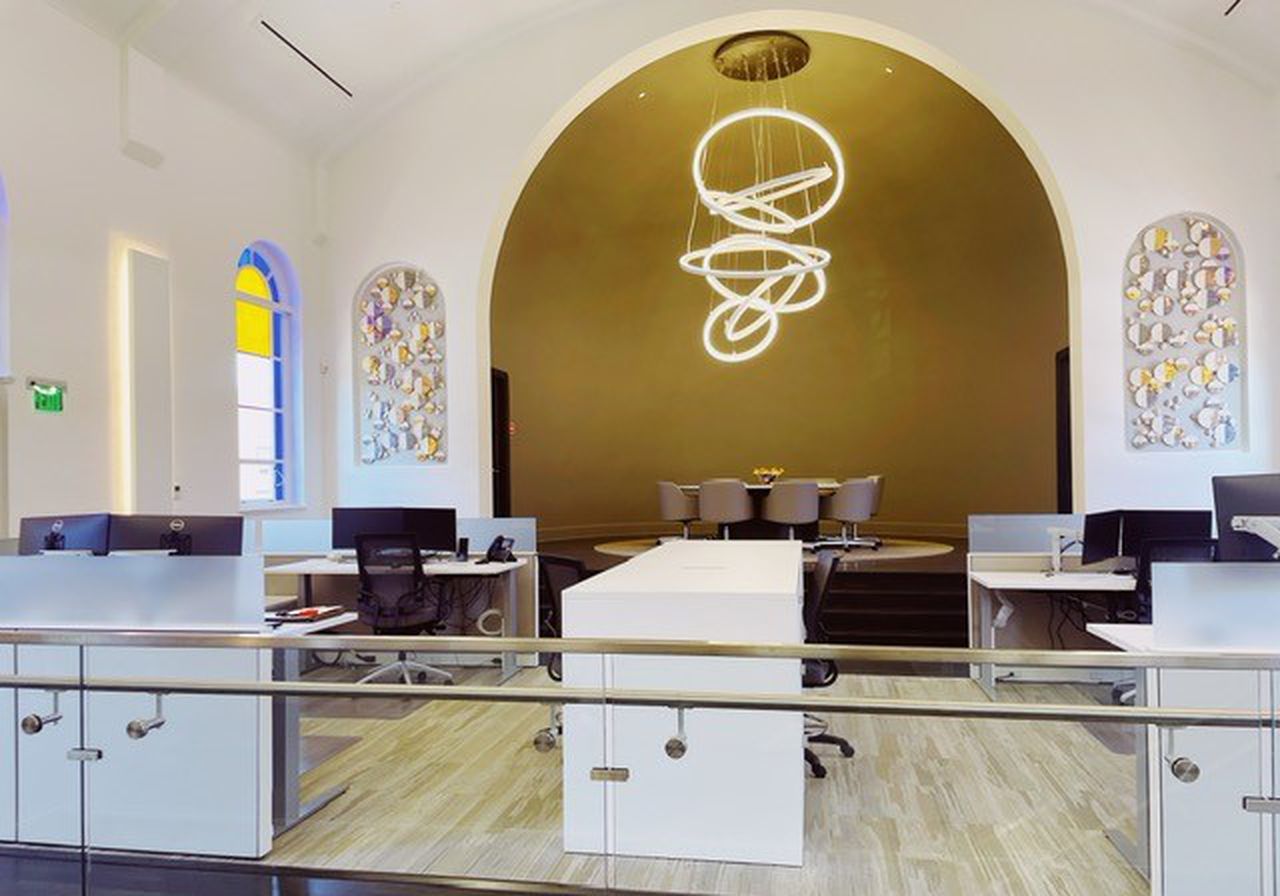
CLEVELAND, Ohio – COVID-19 brought changes to the commercial real estate market that likely will extend well beyond the pandemic emergency, from forcing landlords to change the way offices look to extending those spaces into apartment buildings.
According to a Gallup Poll in February 2022, almost 50% of employees reported that they were hybrid, which allows workers to work from home a few days a week.
“Hybrid’s here to stay,” said J.R. Fairman, senior vice president at JLL. “I think most people can agree that there’s going to be a lot more flexibility provided by the employers to let them work how they want, where they want and when they want.”
Many companies are now tailoring their floor plans to make the office more enticing to employees who have grown to enjoy working from home. Experts noted that some of the floor plans in high demand feature open spaces with state-of-the-art conference rooms and kitchens.
“Think of it as more meeting rooms, breakout rooms and then having almost like a living room within the office where somebody can work from a couch or meet with a colleague somewhat informally, just to talk about projects or personal considerations,” he said.
This is one in a series of stories by cleveland.com and The Plain Dealer exploring lasting changes from the COVID-19 pandemic with the end of the federal COVID-19 declaration on Thursday, May 11. Read related stories at this link.
Building owners have also taken notice. According to Terry Coyne, vice chairman of the Cleveland office of Newmark, this has created a rise in “speculative suites,” which is when landlords create a move-in ready space without having a business lined up to lease the space.
“Spec suites are becoming normal when they used to be really unusual,” Coyne said. “So now the landlords are taking the next step. Rather than tell you what I’m going to do, they’re just doing it. It’s faster, it’s more risk.”
· Related coverage: Price hikes to technology: Covid’s effects on consumer commerce are here to stay
And with a slight increase in sublease vacancies, building owners continue to find many ways to attract potential businesses.
Amenities have become a must-have in the market. This includes benefits like access to in-house fitness centers, outdoor spaces, dining options, lounges and accessibility to retail, among other trends. Landlords are also becoming more flexible.
For example, the Oswald Center on Superior Avenue in downtown Cleveland is now more willing to sign short-term lease agreements, give tenants more rights to expand and add to improvement allowances to help businesses build out their space, said Cyndie O’Bryon, an office broker and first vice president of Colliers International.
“Another piece that has also been growing significantly is technology,” she said. “We can do most everything from our phones and we’re starting to see the owners kind of transition to that point where if you do need to communicate with the property management team, you have access them through an online portal as opposed to walking down to a management office or making a physical phone call.”
· Related coverage: Zippers out, elastic-waist in: How COVID-19 pandemic changed how we dress
Even garage owners are adapting to hybrid work models to make better use of available parking, according to Andrew Coleman, first vice president of CBRE.
“They’ll limit the amount of swipes that you have to get in that garage. So, if you’re a building or garage owner and you’re tight on parking, a way around that is to just limit the swipes, because if you have 40 people that are coming into the office three days a week, does everyone need a parking pass?” he said.
Apartment developers are also taking into account that more people are working away from the typical office.
For example, TREO Apartments, which recently opened its doors on the border of Ohio City and Tremont, features private “Zoom rooms,” office spaces on the main floor available for virtual meetings, and a lounge area for people to comfortably work on their laptops. Plus, all 170 units have a dedicated work spaces.
Adam Friedberg of Mavrek, the TREO developer, said planning began in 2020 when many offices had shuddered and shifted to remote work.
“The importance of a dedicated workspace became clear,” he said. “We have received consistent feedback from renters that work-from-home space is now a non-negotiable in their apartment search and we are glad to be able to provide this space in every unit.”
· Related coverage: Tackling the next wave of the pandemic: loneliness
Friedberg noted that this has become a growing trend in apartment development and that Mavrek planned on continuing to keep this work-from-home model in mind for current and future projects.
Megan Sims covers real estate for cleveland.com. See previous work at this link.
Also:
Ohio City’s Vitrolite Building reopening with new businesses
Cuyahoga County home prices continue steady rise in March into spring and summer markets
Tanglewood National Golf Club is on the market for $2.2 million
This post was originally published on this site be sure to check out more of their content.








